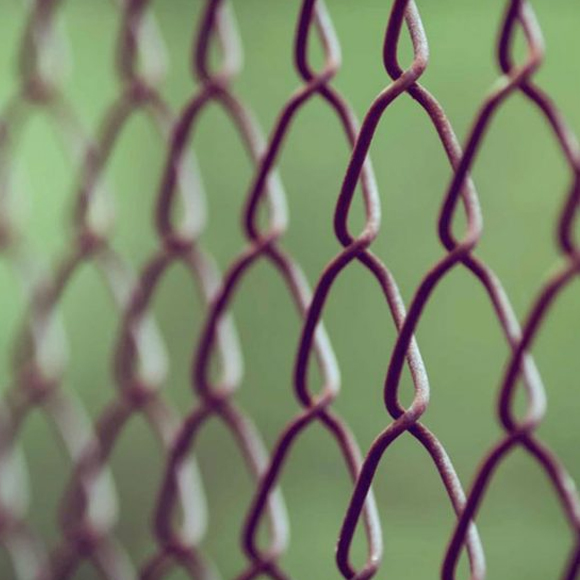Oct . 17, 2024 18:10 Back to list
gabion lacing wire
Gabion Lacing Wire A Crucial Component for Sustainable Engineering Solutions
In the world of sustainable engineering and landscaping, gabions have emerged as a versatile solution for a variety of applications, ranging from erosion control to aesthetic landscaping. Central to the effectiveness of gabions is the use of gabion lacing wire, an essential component that ensures the structural integrity and longevity of these rock-filled wire cages. This article explores the significance, applications, and types of gabion lacing wire, as well as the best practices for its use.
What are Gabions?
To understand the importance of gabion lacing wire, one must first understand what gabions are. Gabions are structures made up of wire mesh filled with rocks or other materials. They have been used for centuries in various construction and landscaping projects, particularly in civil engineering applications like riverbank stabilization, soil erosion control, and retaining walls. Their robust design allows them to absorb shock and withstand harsh environmental conditions, making them a favored choice for environmentally conscious projects.
The Role of Gabion Lacing Wire
Gabion lacing wire is the binding agent that keeps the gabion cages intact and securely closed. Made from high-quality steel, usually with a galvanized or PVC coating for extra corrosion resistance, lacing wire plays a critical role in maintaining the shape and stability of the gabions once they are filled with rock or other materials. The wire acts as a stitch, fastening the gabion panels together and ensuring that the filled material does not escape, which could compromise the integrity and effectiveness of the structure.
Applications of Gabion Lacing Wire
Gabion lacing wire is utilized in various projects, ranging from large-scale civil engineering works to smaller landscaping endeavors
. Some of its prominent applications include1. Erosion Control Gabions filled with rock are often placed along riverbanks and slopes to prevent soil erosion. The lacing wire ensures that the stones remain in place, allowing the gabion to function effectively.
2. Retaining Walls For projects requiring retaining walls, gabions provide a cost-effective and aesthetically pleasing solution. The lacing wire holds the structure securely, ensuring it can withstand lateral earth pressures.
3. Flood Control In areas prone to flooding, gabions can be utilized to create barriers that help redirect water flow, protecting communities and infrastructure. The lacing wire reinforces the gabion's durability against the force of moving water.
4. Decorative Features Beyond functional use, gabions can be employed in landscaping designs as decorative elements. They can create unique visual effects, and the lacing wire ensures the design remains intact.
gabion lacing wire

Types of Gabion Lacing Wire
Gabion lacing wire comes in a variety of specifications to suit different needs. The most common types include
- Galvanized Wire This wire is coated with zinc, providing excellent corrosion resistance. It is ideal for outdoor use and can withstand environmental challenges without degrading quickly.
- PVC-Coated Wire This type of wire offers additional protection against corrosion and is available in different colors, allowing for creative landscaping designs. The PVC coating provides an extra layer of defense against harsh weather conditions.
- Stainless Steel Wire While more expensive, stainless steel wire is highly durable and resistant to corrosion, making it suitable for areas with extreme environmental conditions.
Best Practices for Using Gabion Lacing Wire
To maximize the effectiveness of gabion lacing wire, it is crucial to adhere to a few best practices
1. Choose the Right Wire Gauge The wire gauge should be chosen based on the size and load-bearing requirements of the gabion structure. A thicker wire may be necessary for larger projects.
2. Proper Technique Ensure that the lacing process is done in a consistent and secure manner. Adequately tie the wire at regular intervals to prevent any shifts in the gabion structure.
3. Regular Inspections Periodically inspect gabion structures for signs of wear or damage, especially after heavy rainfall or flooding. Address any issues promptly to maintain structural integrity.
Conclusion
Gabion lacing wire is not just a small component of gabion installations but a vital part that ensures their effectiveness and durability. By understanding its significance, applications, and types, as well as adhering to best practices, engineers and landscapers can harness the full potential of gabions for sustainable and resilient structures. Ultimately, gabion lacing wire contributes to building a more sustainable future, providing cost-effective solutions for both civil engineering challenges and aesthetic landscaping needs.
-
Transform Your Outdoor Space with Gabion Fences
NewsApr.01,2025
-
The Versatility of Gabion Baskets for Your Projects
NewsApr.01,2025
-
The Importance of a Protective Net Sleeve for Your Valuable Investments
NewsApr.01,2025
-
The Benefits of Gabion Walls for Your Next Project
NewsApr.01,2025
-
Gabion Baskets
NewsApr.01,2025
-
Discover The Benefits of Protective Nets
NewsApr.01,2025
-
The Essential Guide to Gabion Supplies
NewsMar.12,2025






